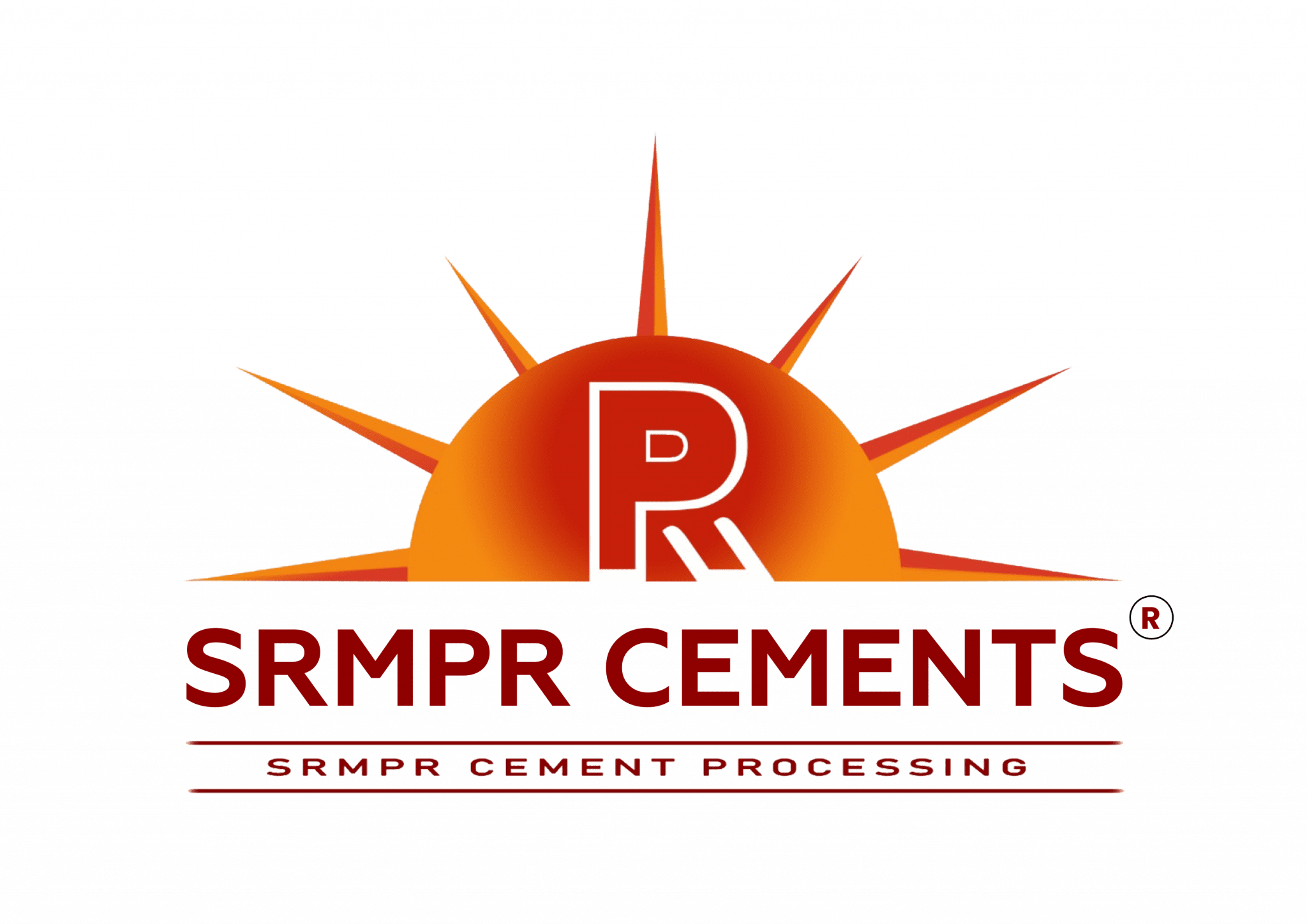In construction, “concrete” and “cement” are often confused, but they’re not the same. Cement acts as the binding agent, made from a mixture of limestone, clay, shells, and sand. Concrete, in contrast, is a robust material formed by mixing cement with sand, gravel, and water. This is the fundamental difference. Let’s delve deeper into the distinctions between concrete and cement to enhance your understanding.
What is Cement?
To understand the difference between concrete and cement, we first need to explore what cement is. Cement is a crucial construction material renowned for its binding properties, which allow it to adhere to various building components like stones, bricks, and tiles. It primarily consists of finely ground raw materials, including limestone (rich in calcium), silica-rich substances like sand or clay, aluminum sources like bauxite, iron ore, and sometimes additional elements like shells, chalk, marl, and shale.
The manufacturing process involves processing these ingredients in cement plants and subjecting them to high temperatures, resulting in a solidified material. This material is then ground into a fine powder for commercial distribution. When mixed with water, cement undergoes a chemical reaction, forming a paste that eventually solidifies, effectively bonding diverse building materials.
Understanding the difference between concrete and cement involves recognizing that cement offers several benefits, including providing strength and durability to structures. Its versatility in various construction applications, along with its resistance to fire and extreme temperatures, makes it indispensable for constructing buildings, roads, bridges, and numerous other structures that form the backbone of our modern world.
What is Concrete?
The key to cement’s usefulness lies in its ability to react with water. When mixed with water, cement forms a paste that can bond other materials together. This paste hardens over time, transforming into a solid mass that binds aggregates like sand and gravel into a composite known as concrete.
Concrete is a composite material made from a mixture of cement, sand, gravel, and water. It is one of the most widely used construction materials due to its strength, durability, and versatility. Concrete offers numerous benefits, including its ability to withstand structural loads, its fire resistance, low maintenance requirements, and long lifespan.
Concrete is used in various applications, including road and marine construction, buildings, infrastructure, decorative elements, and transportation projects.
Cement vs. Concrete
Composition
A fundamental difference between cement and concrete lies in their composition. Cement is a key component of concrete, made from a combination of limestone, clay, shells, and silica sand. These materials are finely ground and heated at high temperatures to form a powder. Concrete, in contrast, is a composite material composed of cement, aggregates (sand and gravel), and water. This distinction in composition is a major difference between the two materials.
Working Mechanism
The working mechanism of cement and concrete also highlights a key difference. Cement, when mixed with water, forms a paste that acts as a binder, holding the aggregates together. This reaction between cement and water, known as hydration, causes the paste to harden and create a solid structure. Over time, the concrete mixture becomes hard and durable, making it suitable for various construction applications.
Uses
Cement and concrete also differ in their usage. Cement is primarily used in the production of concrete, which has numerous applications in the construction industry. Concrete is commonly used for building foundations, walls, floors, roads, bridges, and other structures. Cement itself is also used in mortar production as a bonding agent for bricks, stones, and tiles. Additionally, it can be used for stabilizing soil and construction repairs.
Types
There are different types of cement and concrete, which further differentiate the two. Types of cement include Portland cement, which is widely used in construction, blended cement, white cement for architectural projects, and low heat cement for dams and foundations, among others. Concrete types include lime concrete, cement concrete, and reinforced cement concrete, each differing in materials and purpose.
In summary, cement and concrete are distinct yet closely related construction materials. Cement acts as a binder, while concrete is a composite material made by combining cement, aggregates, and water. Concrete’s versatility makes it ideal for foundations, walls, roads, and more. Types of cement include Portland, blended, white, rapid hardening, and low heat. Understanding the difference between concrete and cement is crucial for making informed construction decisions.
Using SRMPR cements is the best choice for your projects because of their superior quality and reliability. SRMPR cements are engineered to meet the highest industry standards, ensuring exceptional strength and durability. Their wide range of cement types caters to various construction needs, from rapid hardening for quick projects to low heat cement for large-scale structures. Choosing SRMPR ensures your construction is built to last.



